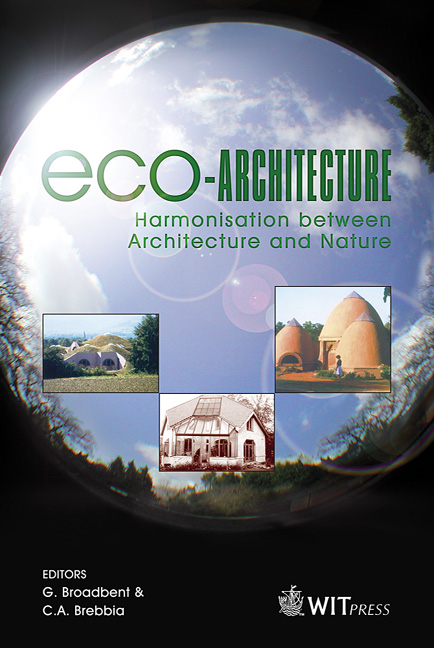Fractal Geometry And Architecture: Some Interesting Connections
Price
Free (open access)
Transaction
Volume
86
Pages
11
Published
2006
Size
1,025 kb
Paper DOI
10.2495/ARC060171
Copyright
WIT Press
Author(s)
N. Sala
Abstract
Some man-made objects are geometrically simple in that they resemble idealized forms such as lines, planes, cubes, or polyhedra. Ever since Euclid invented geometry, people have been content with the idea that all objects can be classified as compositions of regular geometric shapes. The architecture found inspiration by the Euclidean geometry and by the properties of the symmetry. The analogy between natural and architectural forms sometimes catches us profound impressions. Some architectural styles, for example the Baroque, found inspiration in nature, and it is not possible to describe nature using simple lines and curves. Nature is manifestly irregular and fractal-like. So perhaps we should not be so surprised to find fractal components in architecture. As we shall demonstrate, fractal geometry appears in architecture because it permits one to reproduce the complex patterns and the irregular forms present in nature. The aim of this paper is to present a fractal analysis applied to different architectural styles. We shall also introduce the fractal geometry applied in the large scale, describing some examples in the African and in the Oriental settlement architecture. Keywords: fractals, architecture, self-similarity, urban organisation. 1 Introduction In architecture it is usual to search the presence of geometrical and mathematical components. For example, the Euclidean geometry, the golden ratio, the Fibonacci’s sequence, and the symmetry [1–7]. We can also observe the architecture using a different point of view, for example to find some complex or
Keywords
fractals, architecture, self-similarity, urban organisation.





